11 outstanding images from a new show celebrating the incredible heights that landscape photography can reach
A new exhibition shows how modern technology has pushed landscape photography to undreamt-of levels, as the magnificent images on this page show. But some things will always remain the same, as Graeme Green explains.
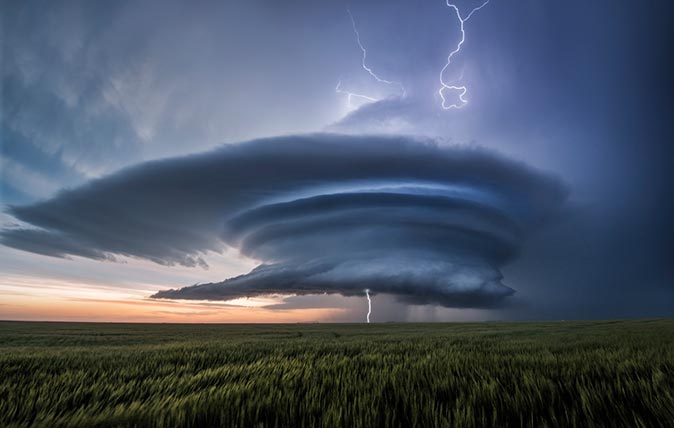

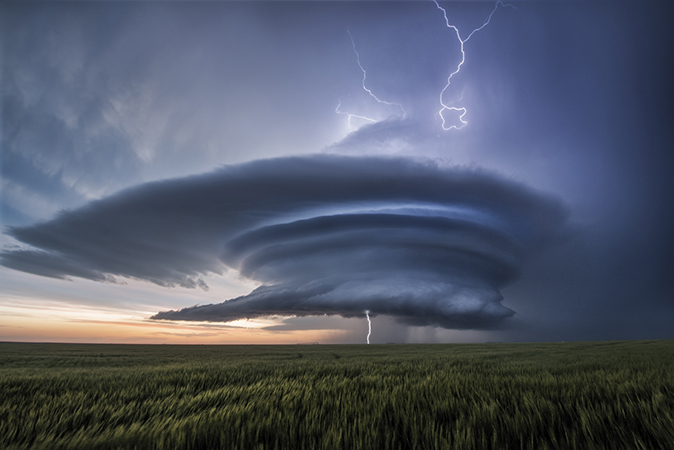
‘Rocks, seas and trees are finished,’ laughs Charlie Waite. This isn’t the British landscape photographer’s own verdict, but an assessment by an American curator he met recently that he finds amusing. As anyone who’s seen a landscape-photography book, exhibition or Instagram account will know, these elements are definitely still with us.
‘Rocks, seas and trees are what many people like to photograph, as well as valleys, beautiful skies, the big open landscape,’ says Mr Waite. ‘People still want to go out and express their creative response to the world around them.’
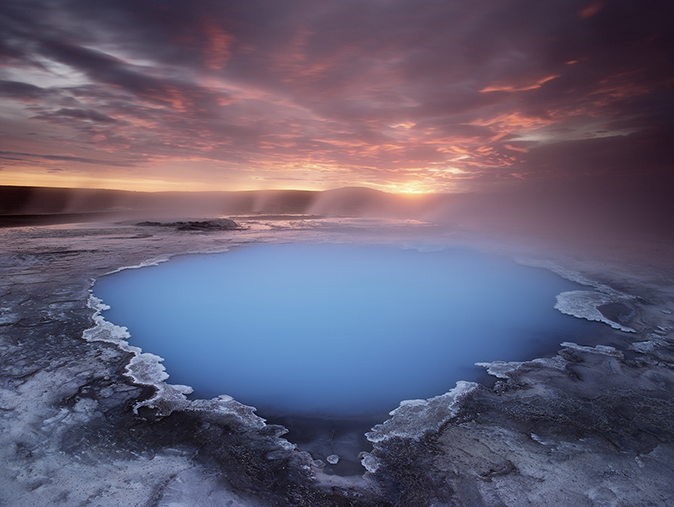
Landscape photography is going strong in 2018, but there have been vast changes in the past 25 years—not least technical advances and innovative techniques that have pushed the artform in intriguing new directions.
This is the subject of a major new exhibition, ‘Evolving Landscapes’, coming up at London’s OXO Gallery next week.
Set up by Mr Waite and the company he founded 25 years ago – Light & Land, which arranges photography holidays and workshops – the exhibition features the work of diverse
photographers, including Joe Cornish, Carla Regler and Doug Chinnery, their work ranging from traditional representations of landscapes to boundary-pushing abstracts.
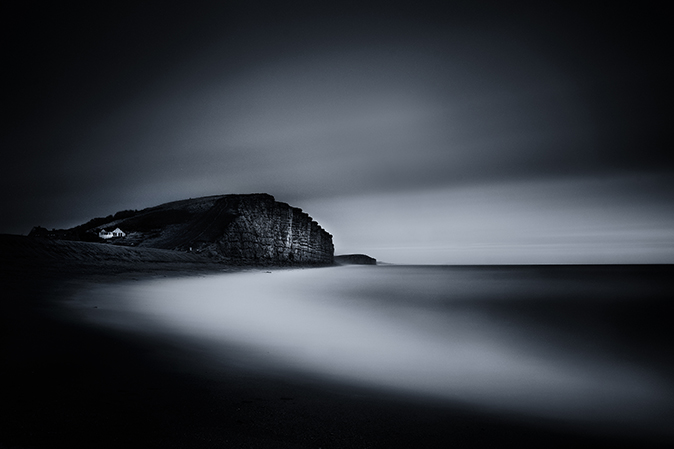
One word sums up the greatest shift in landscape photography: digital. ‘Twenty-five years ago, the word “digital” wasn’t in the photographer’s vocabulary,’ remembers Mr Waite. ‘The darkroom was the place to be. Film was all we knew.
Sign up for the Country Life Newsletter
Exquisite houses, the beauty of Nature, and how to get the most from your life, straight to your inbox.
‘Digital cameras offer wonderful opportunities for millions of people to explore the magical world of photography, which has become the new common language.’
Landscape photographer Antony Spencer agrees that the move to digital has helped open up photography to the masses: ‘You can now experiment without any cost once you’ve invested in your camera and lenses.
‘You’re not spending a fortune on film. You can see the results immediately and adapt and improve what you’re doing. The cameras just keep getting better and more affordable. It’s an exciting time.’
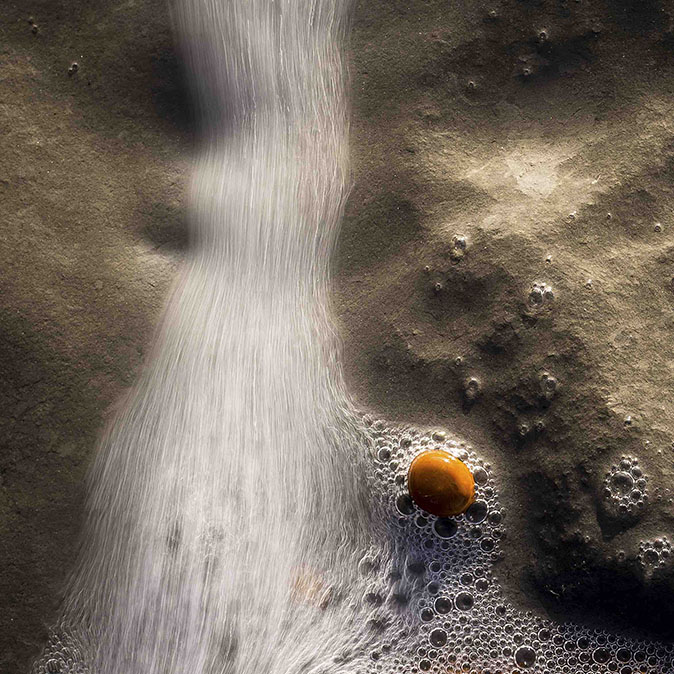
The pastime is more popular than ever and still growing. Mr Waite has seen a steady increase in the number of people taking workshops and tours, as well as a rise in the number of female photographers.
In photographer and artist Valda Bailey’s workshops, more than half of the participants can be female. ‘When I first learned about photography as a teenager in the mid 1970s, I went to night school with my dad and I’m pretty sure there was only me and one other woman there,’ she reflects. ‘People of a certain age will remember the front cover of Amateur Photographer back then, which was a fairly unrestricted parade of scantily clad females. I’m pleased things have moved on a bit.
‘I wonder if women come to photography a bit later in their lives than men do,’ Mrs Bailey ponders. ‘Without wishing to resort to sweeping generalisations, I’m sure a lot of women use up their creative energy raising children and it’s only later that they have the time to consider other options.’

Female photographers, Mrs Bailey cautiously suggests, may have different interests to men when it comes to landscape work. ‘One might hazard a guess that women are less gripped by the mechanical wizardry of today’s kit. They learn enough to get the job done, then spend their time and energy deciding how to express themselves.’
Photographers don’t see every part of the digital revolution as positive. ‘Perhaps having a 64GB card in a camera, capable of recording thousands of images, encourages us to be a little reckless,’ worries Mr Waite.
‘Some statistics show that 95% of all photo-graphs are either deleted or confined within an external hard drive, never to be set free.’
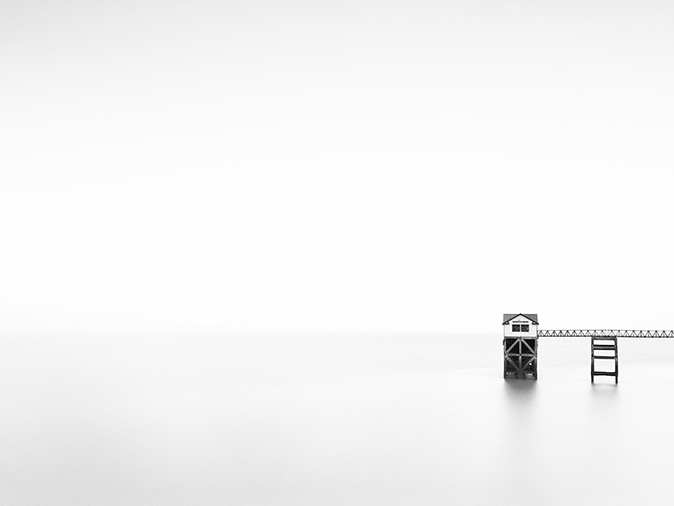
The deluge of digital images accelerated exponentially with the arrival of the internet, smartphones and social media. ‘You see a lot of very poor pictures because everybody is a photographer now,’ says fine-art photographer Paul Sanders.
‘It doesn’t mean that everybody is a good photographer. Often, people will share them and get lots of “likes”, so they never learn to improve.’
However, Mr Sanders, who teaches ‘iPhone-ography’ workshops, doesn’t see the situation as all bleak. ‘This democratisation has brought a lot of photographers out of the woodwork who are really good,’ he argues.
‘Perhaps they didn’t have the confidence with a camera before or didn’t have the funds to buy one. With their smartphone, their creativity has been unleashed. I love looking at Instagram – the work some people are producing is mind-blowing.’

Just as smartphones are being constantly upgraded, Canon, Nikon and the like are producing an ever-expanding range of high-quality digital cameras with new technical capacities, which continue to stretch the parameters of what’s possible.
‘New creative approaches have given photographers the power to move from representational images into something more abstract or a scene that’s impossible to see with the human eye,’ believes photographer Sam Gregory.
‘It’s a great way to recharge your love of the art and push your technical and visual skills.’
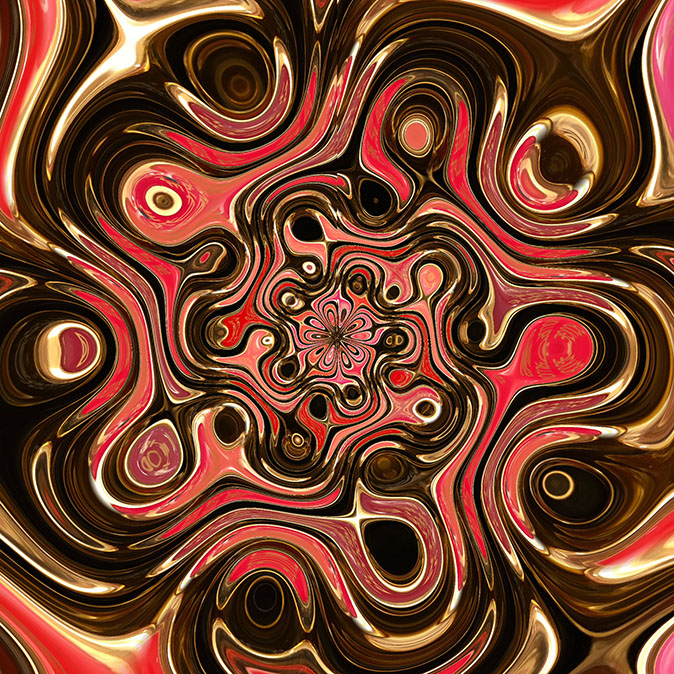
Mrs Bailey has embraced ICM (intentional camera movement), multiple exposures (superimposing two images or more in a single image) and other new techniques.
‘I have little interest in recording what I see in front of me – my passion lies in interpretation,’ she states.
‘Of course, everyone with a camera brings their own story to whatever they shoot.’
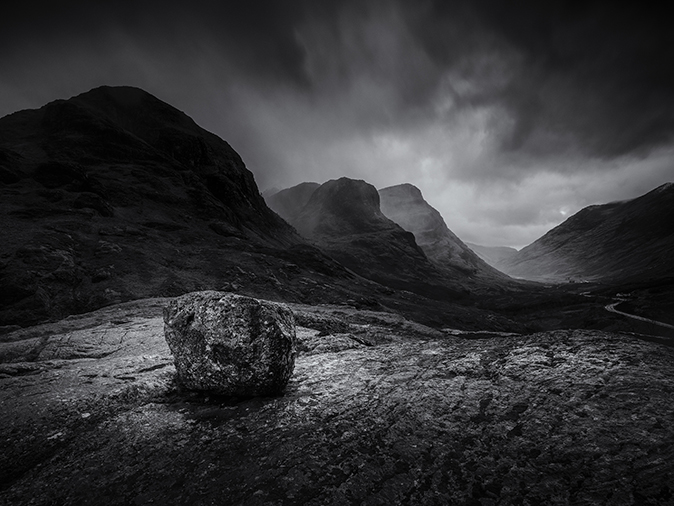
Despite – or perhaps as a reaction to – digital advances, there has recently been a resurgence in traditional film photography, just as vinyl records continue to be popular.
‘Digital has created a look that’s commonly represented on social media,’ suggests Mr Gregory, who works with film as well as digital.
‘Some photographers want to break away from the crowd. Different film stocks give their own look and reproduce colours in a different way.
‘I’ve also found that using film is a great way to slow down your processes in the field. It forces you to be more selective about what you shoot, which can lead to better decision-making and stronger images.’
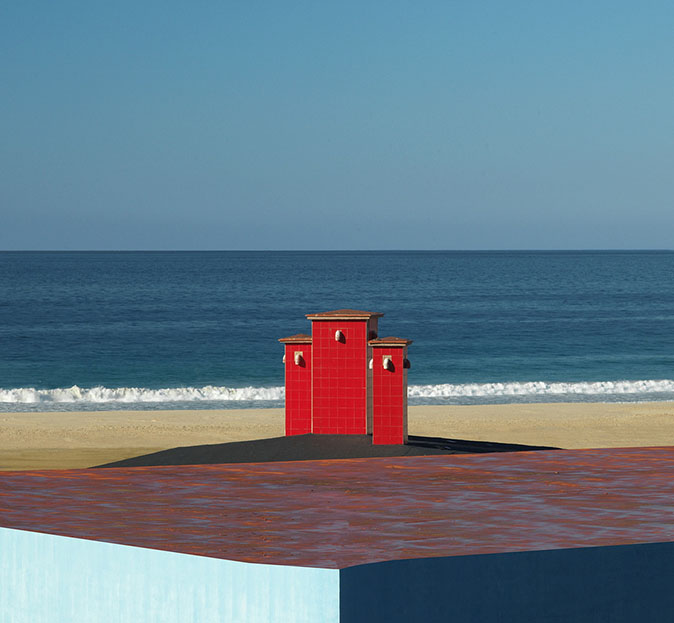
Whether using digital or film, it’s become harder for any landscape photographer to stand out in a world that’s saturated with images.
‘Originality is a huge thing,’ says Mr Spencer. ‘So many people can produce world-class photos now – you simply need to be in the right place at the right time, with a decent understanding of photography – but very few are doing anything really original. The landscape photographers I look up to are the people treading their own path.’
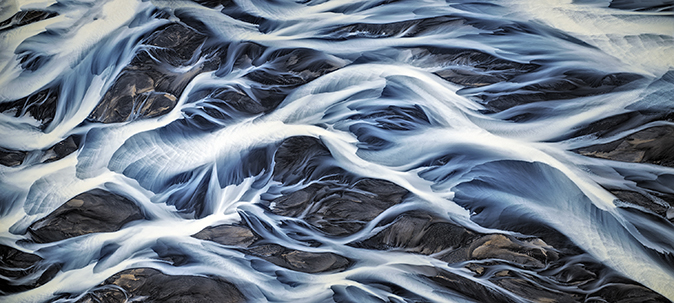
For Mr Waite, there are some fundamentals that will always remain the same. ‘Photography’s given a very large number of people enormous creative joy and that’s what I care about more than anything,’ he concludes.
‘Composition remains the most challenging and, subsequently, the most rewarding aspect. It was this way 25 years ago and it will remain so, I’m sure. The pursuit remains the thing.’
Charlie Waite, Antony Spencer, Valda Bailey, Paul Sanders and Sam Gregory guide Light & Land photography holidays and workshops in the UK and around the world. Call 01747 835608 or see www.lightandland.co.uk for more information. And the company is celebrating its 25th anniversary with an exhibition, ‘Evolving Landscapes’, at the OXO Gallery, London SE1, from July 18 to 22 – www.oxotower.co.uk/events/light-and-land. A limited-edition book, ‘Evolving Landscapes’, has been published to coincide with the show.
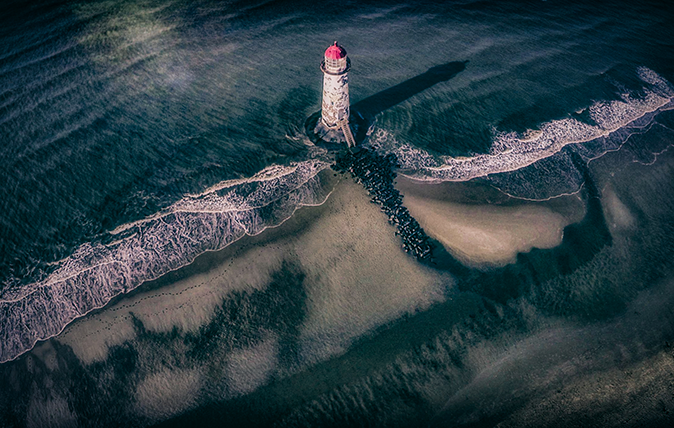
15 mesmerising aerial photographs which showcase the beauty of Britain
An eerily beautiful picture of a lighthouse in Wales has won the inaugural '400ft Britain' award for aerial photography.
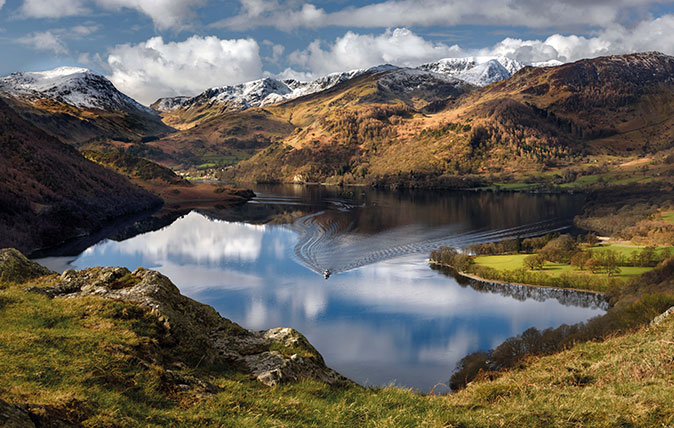
Credit: ©Landscape Photographer of the Year awards - Ken Rennie
15 majestic photographs of Britain that will inspire you to enter the Landscape Photographer of the Year Awards
If you've taken a superb photograph of Britain in the past year, you're still in time to submit it to
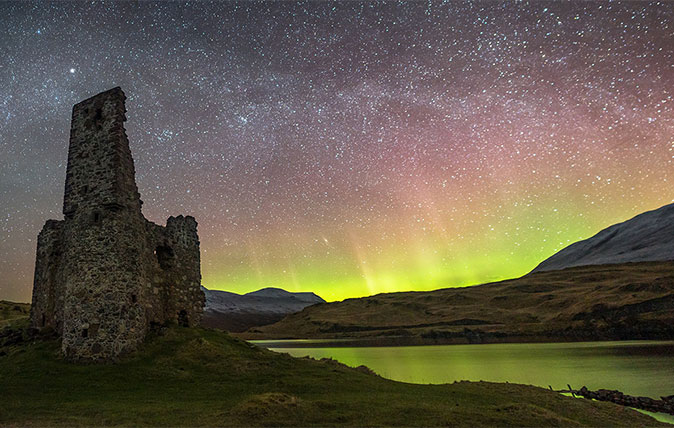
Credit: ©Scottish Landscape Photographer of the Year/Craig McDearmid
The 19 best landscape photographs of Scotland taken in the last year
Take a look at the 19 best photographs of Scotland taken in 2017.
Country Life is unlike any other magazine: the only glossy weekly on the newsstand and the only magazine that has been guest-edited by HRH The King not once, but twice. It is a celebration of modern rural life and all its diverse joys and pleasures — that was first published in Queen Victoria's Diamond Jubilee year. Our eclectic mixture of witty and informative content — from the most up-to-date property news and commentary and a coveted glimpse inside some of the UK's best houses and gardens, to gardening, the arts and interior design, written by experts in their field — still cannot be found in print or online, anywhere else.
-
 Some of the finest landscapes in the North of England with a 12-bedroom home attached
Some of the finest landscapes in the North of England with a 12-bedroom home attachedUpper House in Derbyshire shows why the Kinder landscape was worth fighting for.
By James Fisher
-
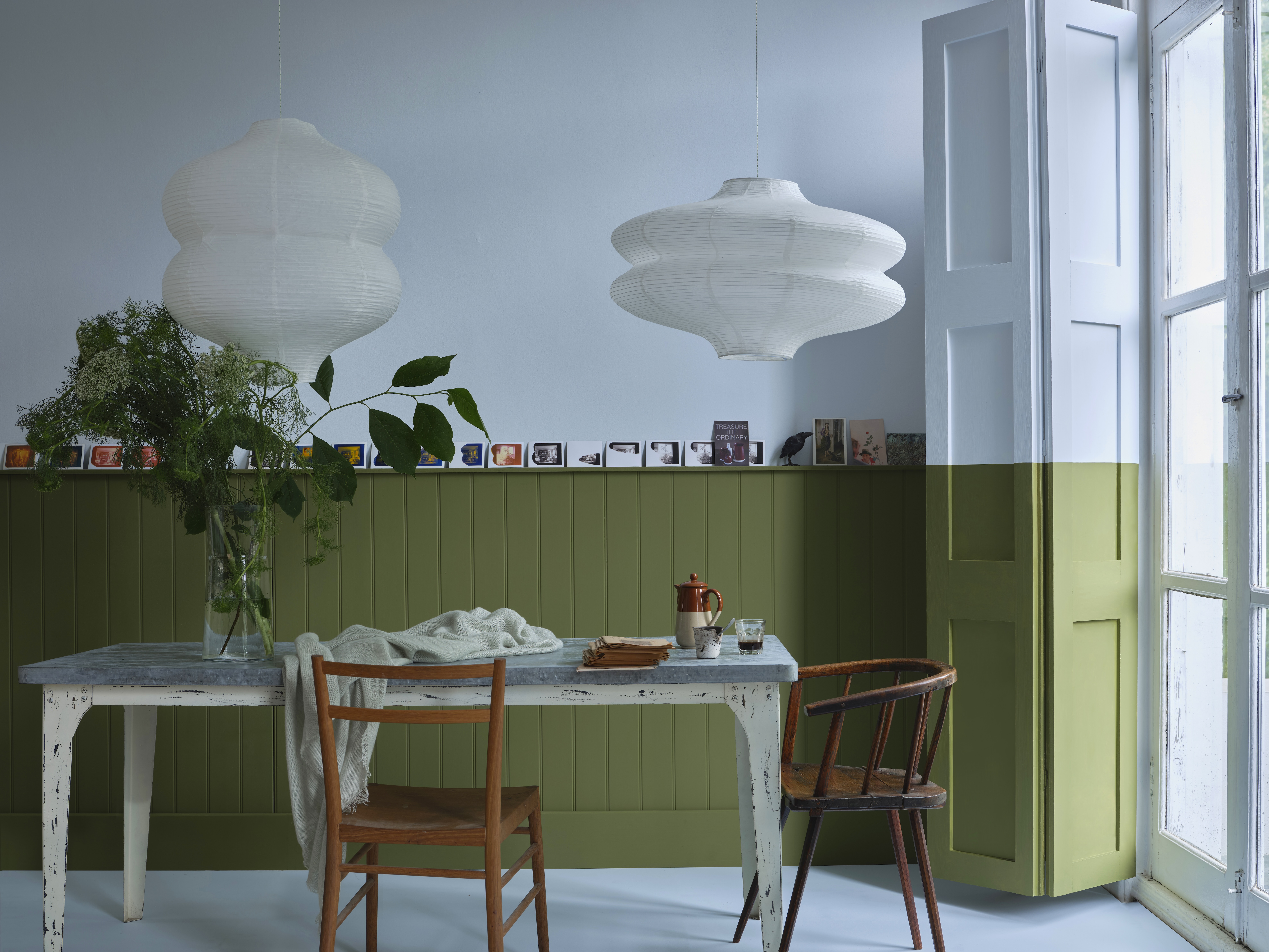 John Sutcliffe — The man, the myth and the paint-naming legend behind Dead Salmon and Elephant's Breath
John Sutcliffe — The man, the myth and the paint-naming legend behind Dead Salmon and Elephant's BreathBy Carla Passino
-
 In all its glory: One of Britain’s most striking moth species could be making a comeback
In all its glory: One of Britain’s most striking moth species could be making a comebackThe Kentish glory moth has been absent from England and Wales for around 50 years.
By Jack Watkins
-
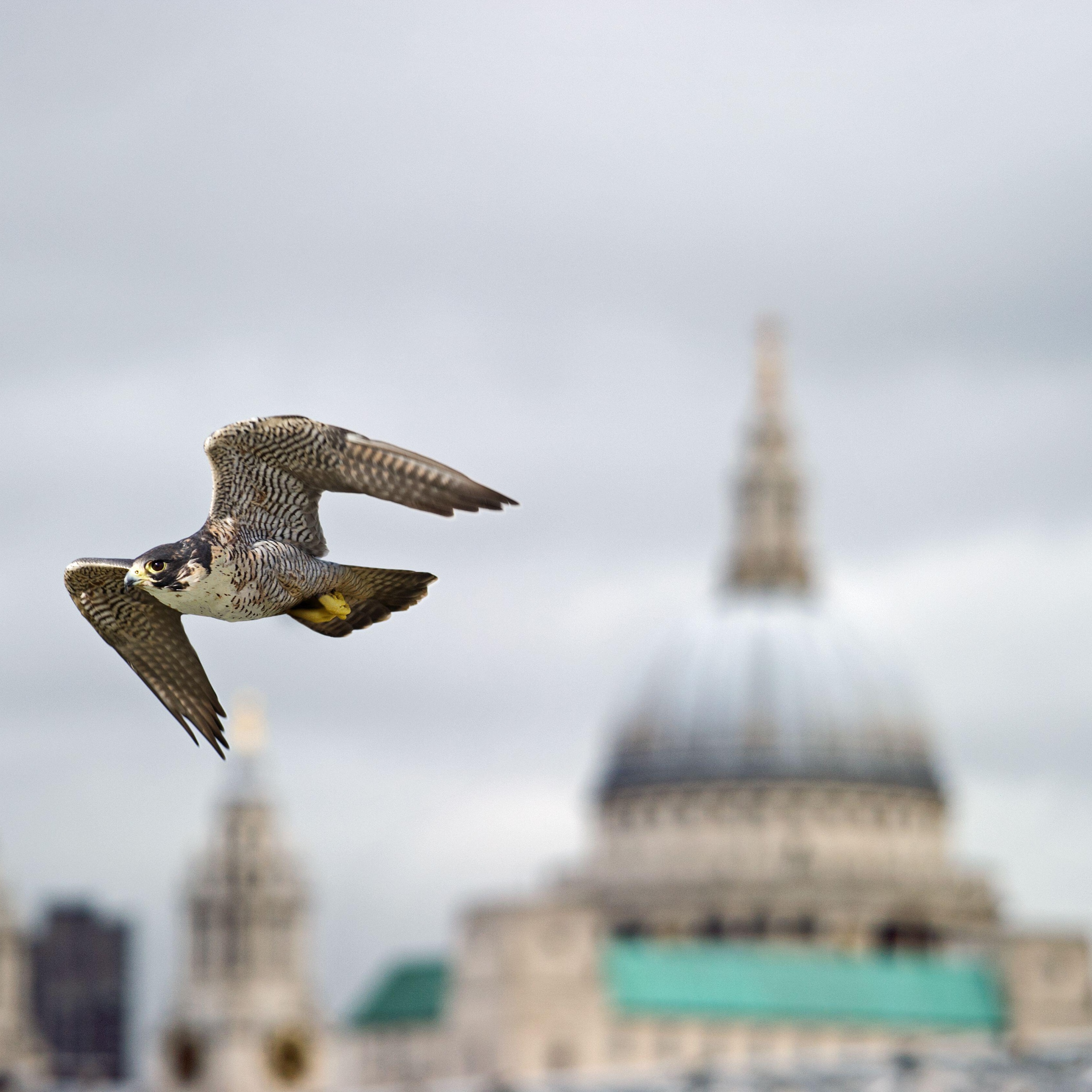 The birds of urban paradise: How to get twitching without leaving the city
The birds of urban paradise: How to get twitching without leaving the cityYou don't need to leave the concrete jungle to spot some rare and interesting birds. Here's a handy guide to birdspotting in Britain's towns and cities.
By Richard Smyth
-
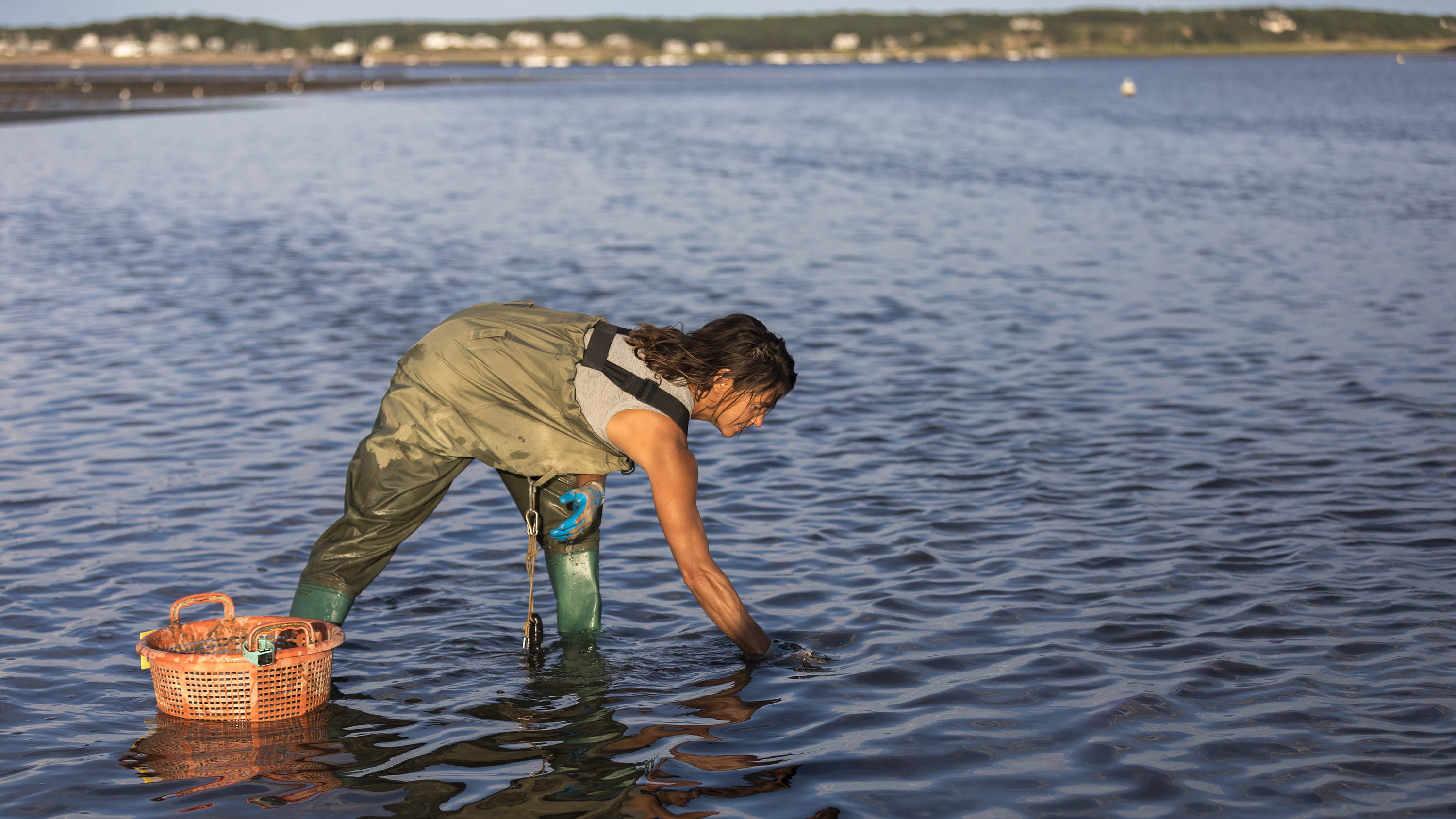 Food with a pinch of salt: The crops we can harvest from the sea
Food with a pinch of salt: The crops we can harvest from the seaFilling, rewarding and nutritious, vegetables and plants grown in saline environments — whether by accident or design — have plenty of potential. Illustration by Alan Baker.
By Deborah Nicholls-Lee
-
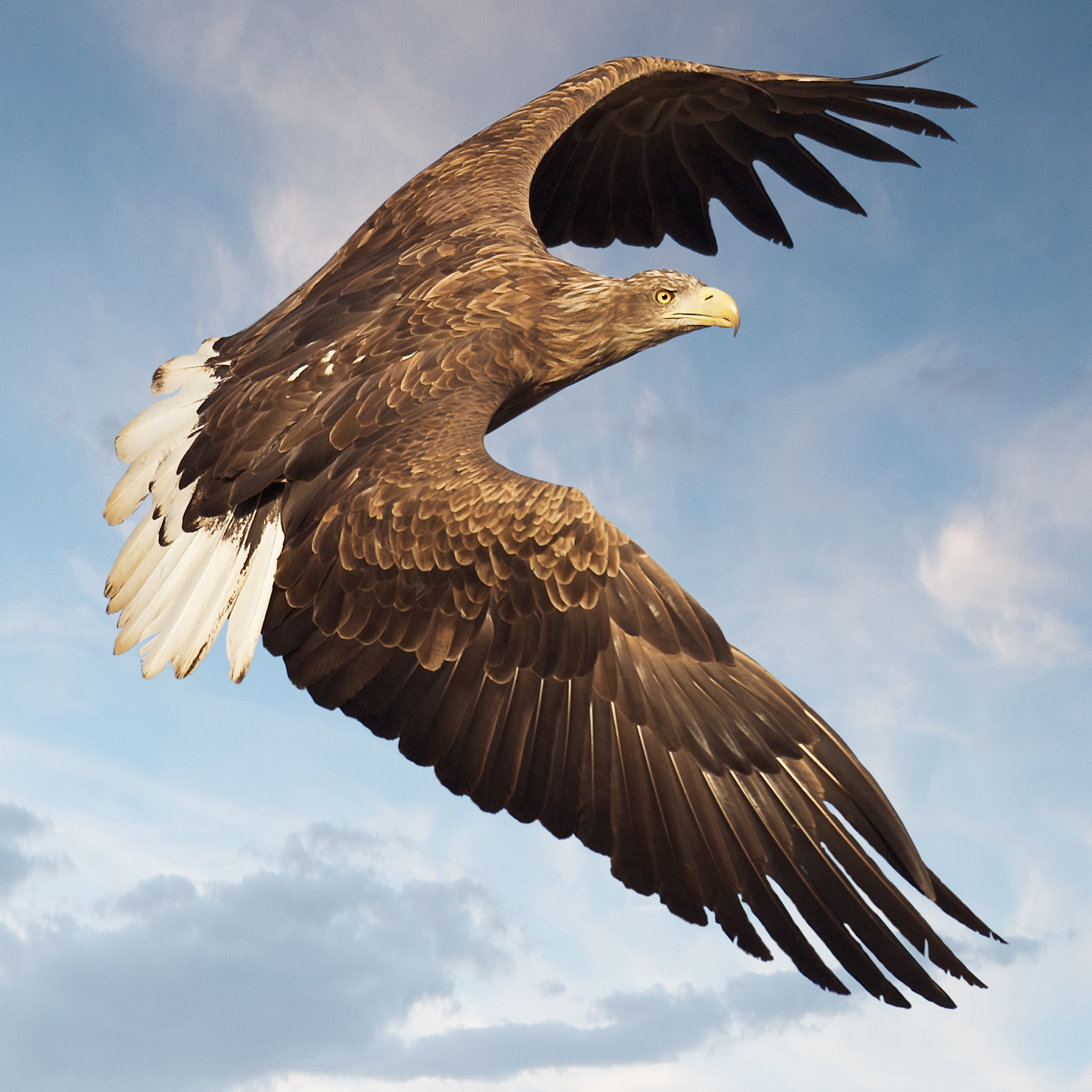 White-tailed eagles could soon soar free in southern England
White-tailed eagles could soon soar free in southern EnglandNatural England is considering licensing the release of the raptors in Exmoor National Park — and the threat to pets and livestock is considered to be low.
By Jack Watkins
-
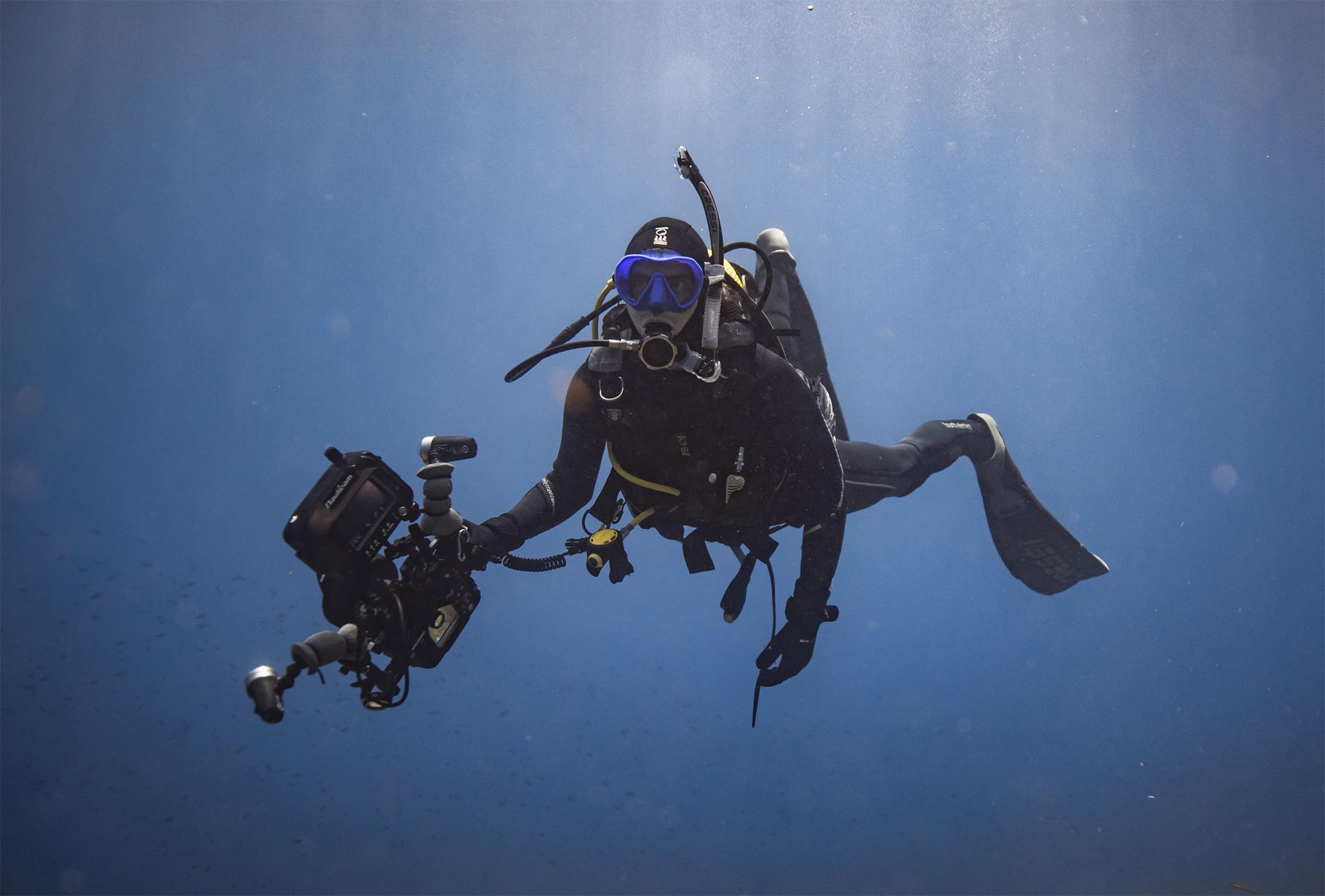 Britain's whale boom and and the predator that's far scarier than a great white shark, with wildlife cinematographer Dan Abbott
Britain's whale boom and and the predator that's far scarier than a great white shark, with wildlife cinematographer Dan AbbottThe wildlife cinematographer Dan Abbott joins us on the Country Life Podcast.
By Toby Keel
-
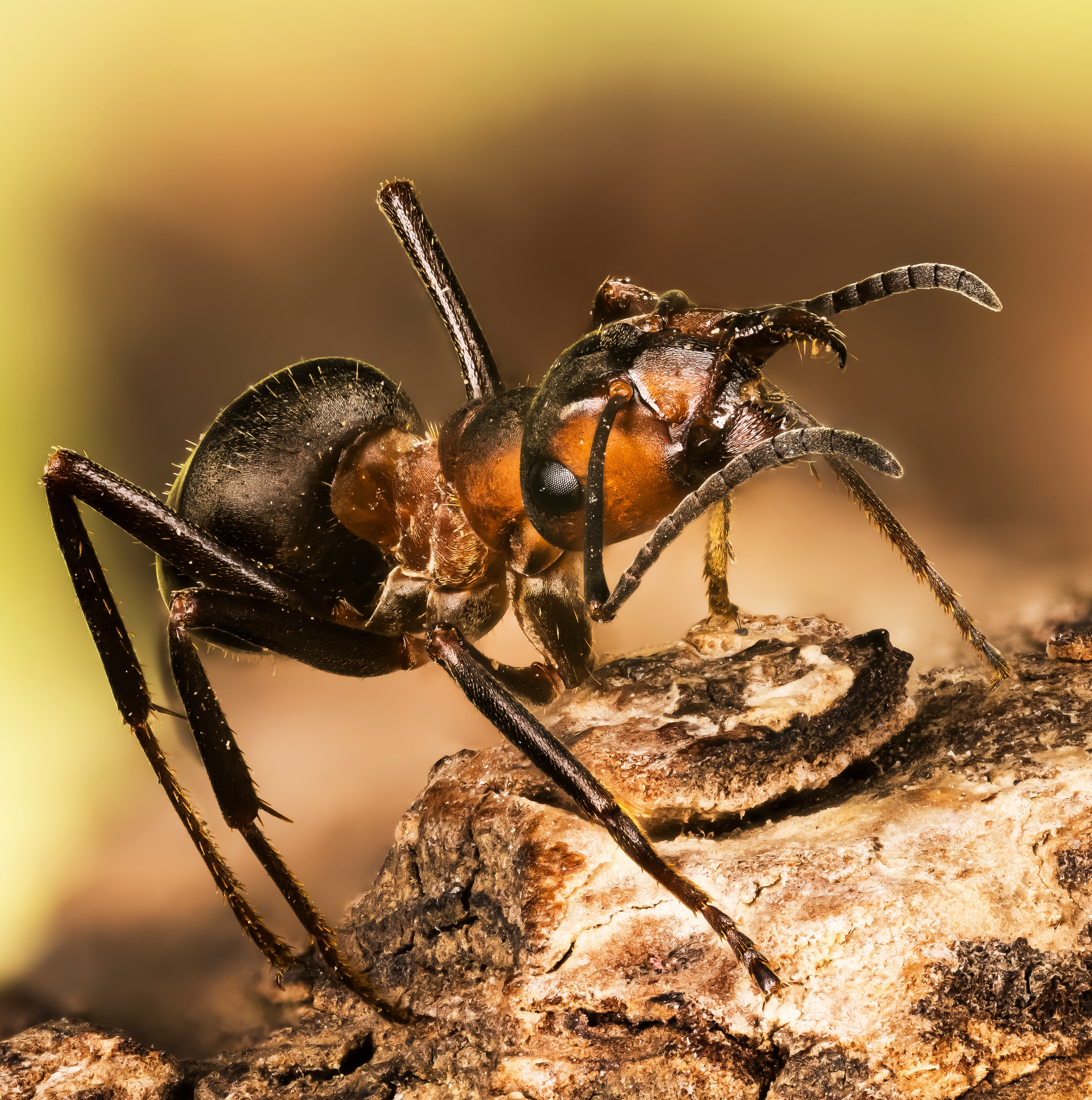 'They are inclined to bite and spray acid to protect territory': Meet the feisty red wood ant
'They are inclined to bite and spray acid to protect territory': Meet the feisty red wood antBy Ian Morton
-
 The King wants YOU: His Majesty's call-to-arms for under-35s across Britain
The King wants YOU: His Majesty's call-to-arms for under-35s across BritainThe King’s Foundation has launched its ‘35 under 35’ initiative — a UK-wide search for ‘the next generation of exceptional makers and changemakers’ who want to work holistically with Nature.
By Amie Elizabeth White
-
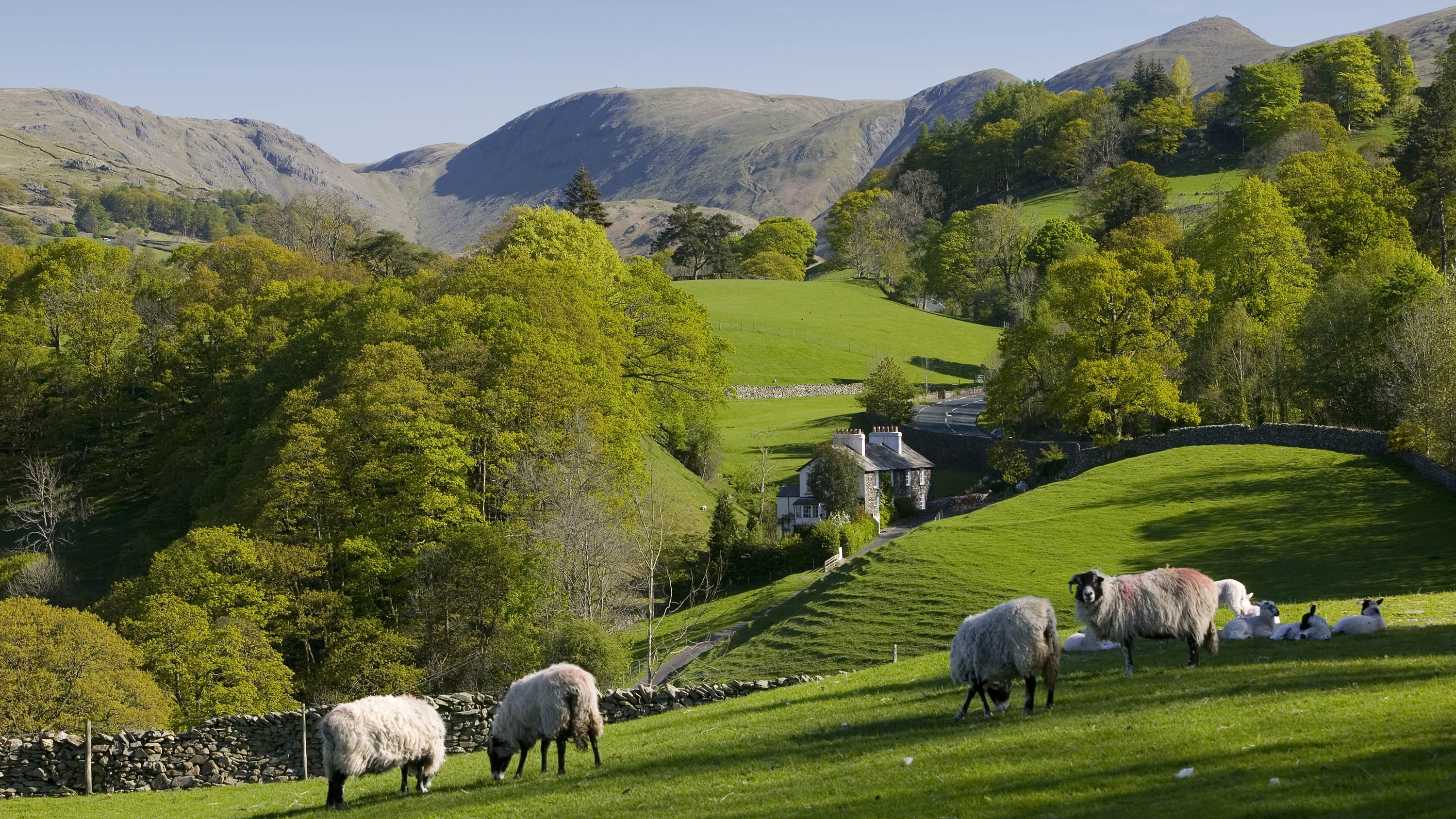 'A big opportunity for a small, crowded and beautiful country': Fiona Reynolds on how the Land Use Framework can make Britain better
'A big opportunity for a small, crowded and beautiful country': Fiona Reynolds on how the Land Use Framework can make Britain betterThe Government’s Land Use Framework should be viewed as an opportunity to be smarter with our land, but conflicts need to be resolved along the way says Fiona Reynolds, chair of the Food, Farming and Countryside Commission.
By Fiona Reynolds